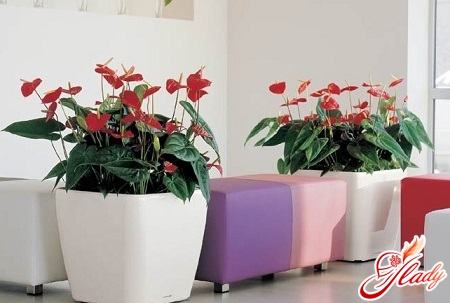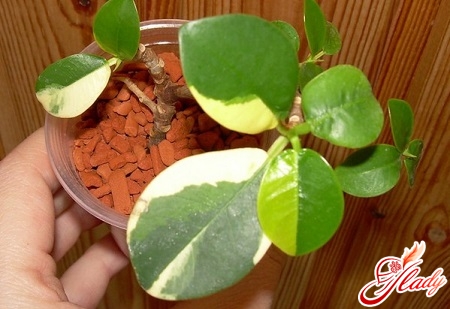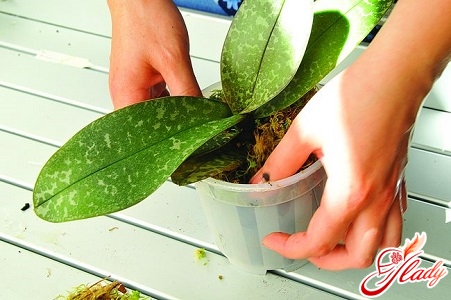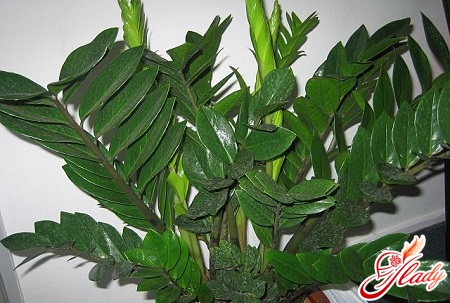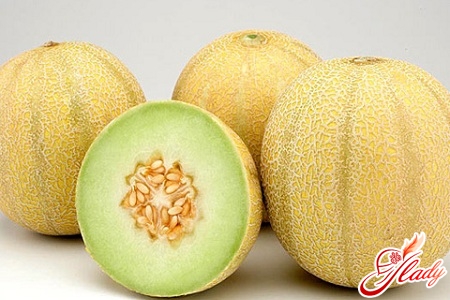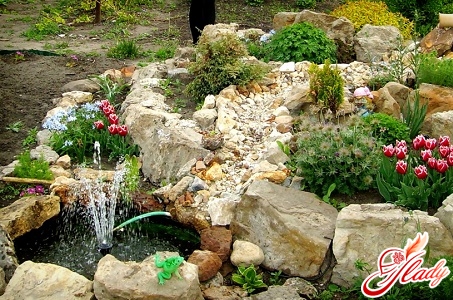
Landscape designer services -expensive service. But you really want to see something unusual on your summer cottage or near your house, something pleasing to the eye and causing secret envy of your friends. But an even greater reason for pride is to tell them that this beauty was created with your own hands. An alpine slide will become an expressive element on any garden plot. An exquisite combination of the severity of natural stone and the tenderness of touchingly fragile plants will bring to mind the inviolability of the Earth and the unchanging triumph of life on it. What is needed to create harmony between stone and life, how to make an alpine slide with your own hands, will be described in this article.
What do you need to create a rock garden?
First of all, of course - inspiration.After all, creative work is impossible without it. And if something has to be done without inspiration, then the result will be corresponding - banality and vulgarity. In addition to inspiration, you will need natural stone. Fragments of different sizes with protruding corners and sharp edges can be bought at a quarry where they make crushed stone, or in construction stores. If possible, it is worth looking for stones near steep banks of a river or ravine, on the slopes of highways. It is good if there are real mountains, hills or knolls nearby. On their slopes you can find many stone fragments of various shapes and at the same time draw ideas from nature for combining stones and plants. It is better if the stones are of the same color scheme and one or two or three similar rocks, as is the case in real mountains. Granite of different shades of gray, sandstone in grayish-yellowish tones are suitable for an alpine slide. You can choose to combine reddish granite stones with flagstone of the same color. These shades will harmonize with the greenery of plants and yellow, orange-red, purple and violet flowers. Plants with reddish or purple foliage and bright fruits will also look exquisite.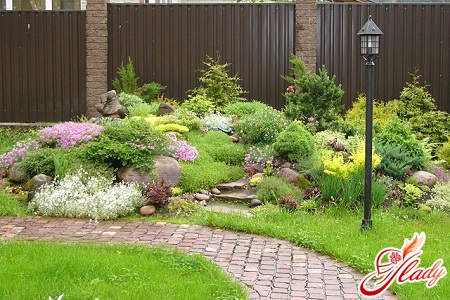
So, we begin ...
You need to start by choosing a place on the site.A natural relief will look better. Then you will only need to emphasize the difference in heights during the work and decorate the slopes. But even on a flat as a table area, you can create a rocky mountain landscape. This will require effort and time, but the aesthetic pleasure from contemplating the result will offset the fatigue and several lost weeks. The construction site should be well lit, open and accessible for contemplation. You will also have to determine the size of the future hill in order to achieve harmony with the surrounding elements of the garden. Perhaps, you will have to build and pave new paths with stone for a better view of the hill from all sides and to provide access to the gazebo, which will now have to be reached in a roundabout way. The location has been chosen. Next, it's a matter of planning and marking out the territory. The initial plan should be created on paper. Here is work for inspiration - to imagine in detail and embody in the drawing the mountains and valleys that previously existed only in unformed dreams. And then mark out the selected area.
Pit and drainage
The pit will be needed to construct the foundation.future hill. Its depth depends on the size and height of the rock garden. The greater the mass of poured soil and stones, the more powerful the foundation for it will have to be, so that after the first winter the rock garden does not turn into an inexpressive mound. You will not have to dig too deep. A meter-deep hole is enough in the most difficult case. The dug pit is filled with drainage material. If a house or outbuildings are being built on the site, or major repairs are being carried out with the inevitable terrifying amount of construction waste, a pit for an alpine slide will help solve the problem of its removal. All pieces of concrete and brick, sand, gravel, glass will fill the pit perfectly. There is no need to fill the pit to the top with drainage material. When about 30 cm remains to the edges, place a layer of fine crushed stone, sand and gravel mixture or coarse river sand on the drainage. Level and compact it, apply a layer of fertile soil with the addition of peat (30%) and fine gravel (30%). Form the elevation according to the plan. They say that even the demiurge rested after the creation of the world. You will have to give a week or two for the shrinkage and compaction of the base of the alpine slide. At this time, you can catch your breath.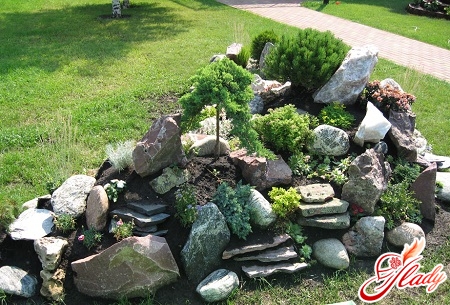
The process of mountain building
There are tools for laying stones on an alpine slideone important rule: the foundation should be large, massive stones. The higher, the smaller they are. Large stones on the edges of the earth pile should be dug in half, so that it looks like they have been exposed over time. Symmetry and geometry should be forgotten - in nature, there are no stones that fell in the same way. Then comes the turn of medium-sized stones. They should be placed so that between them and the stones of the first tier there are spaces filled with earth. Plants will be planted here. Medium-sized stones should also be placed randomly, taking into account only your own imagination and the easy accessibility of earth pockets for caring for flowers and shrubs, so that you can freely get to any point of the rock garden. This is how man-made mountains arise.
What is growing in the Alps?
The selection of plants for the rock garden includesThere are two main options: perennial herbaceous and woody-shrubby plants and all kinds of annuals. In flower shops you can buy young plants of different colors - their fleshy rosettes among bare stones will decorate the hill immediately after planting. In the first year, it is worth sowing seeds, planting seedlings of biennial and perennial herbs and flowers. In the fall, in September-October, plant tulip bulbs and small-bulbous plants. Then, in the early spring of the next year, the man-made miracle will please the eye. In order for the alpine slide to please the eye soon after construction, in the first year, most of the plants on it will be summer and autumn beautifully flowering species - purslane, iberis, alyssum, eschscholzia, nasturtiums and low-growing marigolds and asters. They are sown directly into the ground in May, and the earliest of them begin to bloom a month after sowing, others take up the baton a little later. You can buy ready-to-plant flowering seedlings of annual flowers in stores. Dwarf conifers will fit harmoniously into the rocky landscape, and their delicate branches will remain green even after frost. You should select those species that will overwinter well in the conditions offered to them. After all, winter winds and thaws can reduce the snow layer or completely expose the elevated part of the landscape where the plants will have to overwinter. In central Russia, dwarf thuja, pine and spruce, junipers survive winter well. To give the stones a natural mossiness, you need to find pads of green velvet moss in damp and shady places. This moss must be thoroughly rubbed with your hands and mixed with earth and water to a thin gruel. Apply it to the northern, sunless surfaces of the stones, the ground under them. Do the same with lichen - Its multi-colored scaly spots are easy to see on different surfaces.




